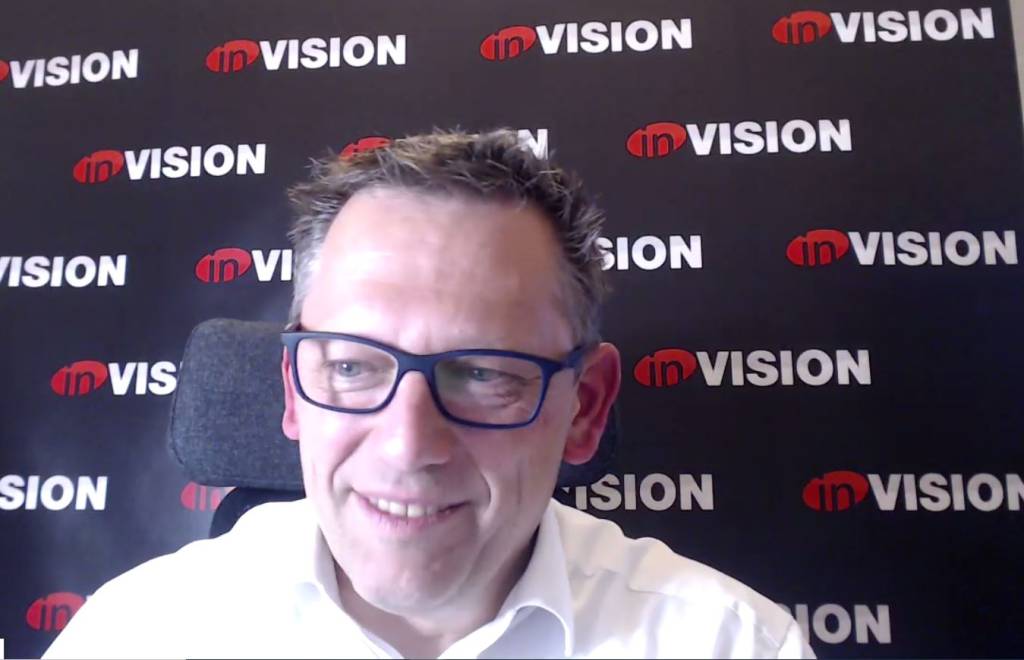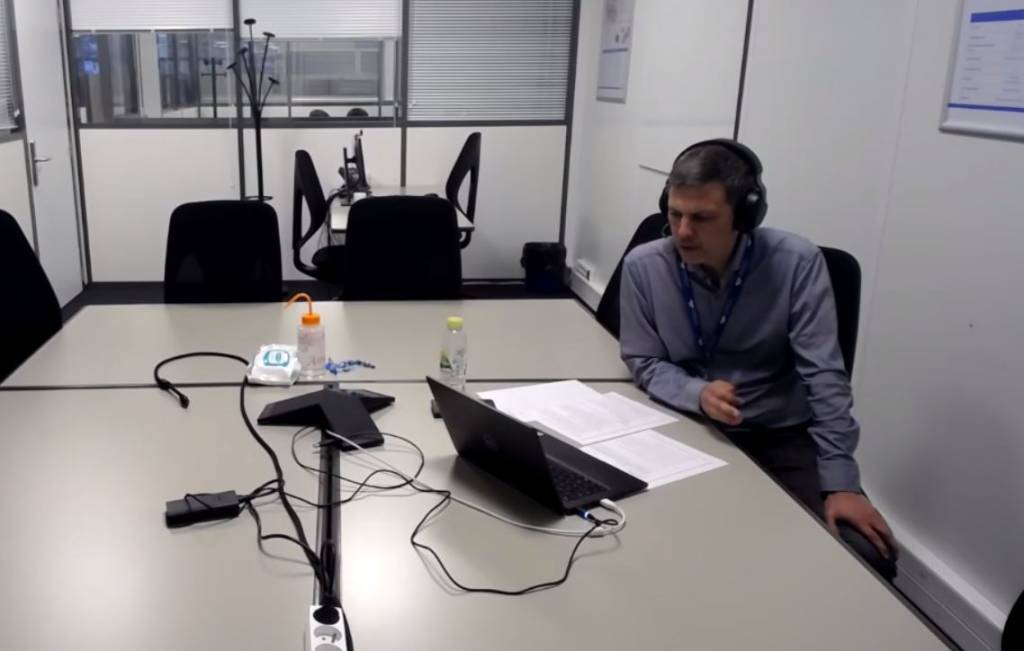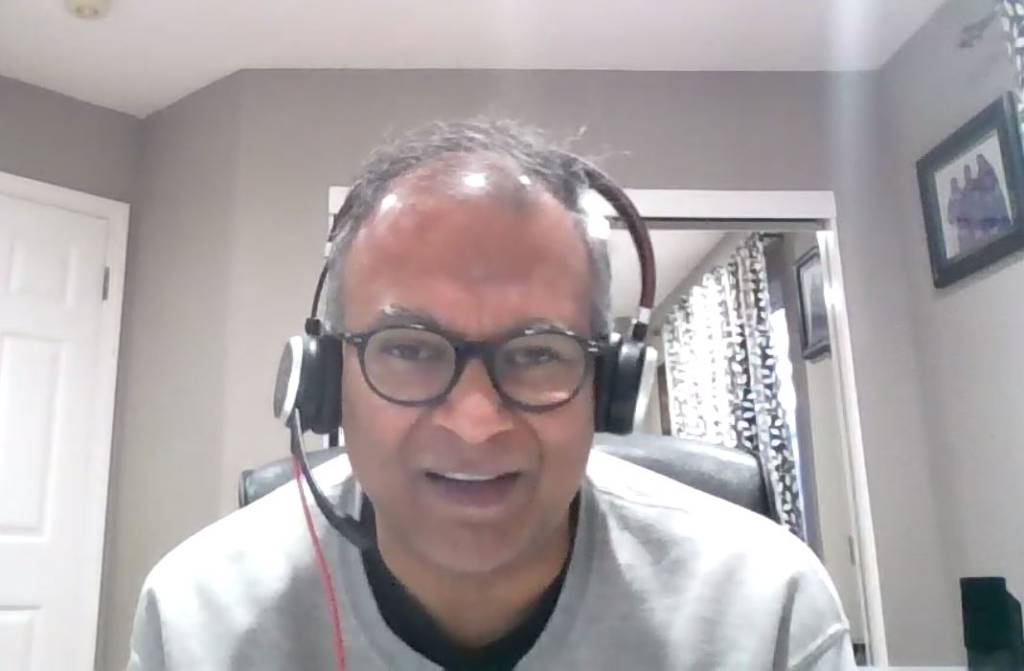
To start things off: What are the current trends in image sensors?
Wim Wuyts (Gpixel): First of all, we see that the bandwidth race is still ongoing and that customers still require higher resolutions and frame rates. You would think that it might saturate at a certain level because people have enough data, but that seems not to be the case. The faster sensors we bring to the market are always welcome, and sometimes it takes a while before the industry catches up. But they do catch up over time and there is always a market afterwards. So the race is definitely not over.
Martin Wäny (Photolitics): I agree that the race for more data is still going on but what we also see – and have been for the last 20 years – is the requirement for smaller and smaller pixels in spite of the optical limitations. That is a trend that industrial vision is definitely following: Nowadays we have global shutter sensors with pixel sizes of 2 to 3m. So I think we have pixels that are close to perfection in physical limits, thanks to technologies like deep trench isolation for example we were able to reduce cross talk which allowed us to make even better and smaller pixels.
Vincent Hector (Teledyne e2v): Marketwise we are even facing kind of a first consolidation. Similar standard sensors with high resolution and small pixels. With power and performances not always needed by all the applications. Digital features-wise we are starting to have a real standardization which makes it not so easy for camera makers to differentiate themselves on the market.
Ganesh Narayanaswamy (Onsemi): It’s highly dependent on the application. Of course we have the smartphones which are bleeding edge and are always looking for more pixels and more bandwidth that need to be handled; not every application has these demands to keep pushing the boundaries upwards. Many applications dictate that you get the best image quality with a certain (silicon) real estate and that does not have to be only through more pixels. That said, the bandwidth problem is definitely still existent in a different way. Because if you do have smaller resolutions, increase the frame rate of these sensors, it does present an equivalent issue. This is where you have to take your bandwidth and your interfaces into consideration. Current image sensors are trying to address these in a variety of ways through serialized traffic, lower power consumption, smaller footprint – all easy innovations that seek optimal solutions to the use case needs. AIoT applications particularly benefit from these approaches.

Now we are going beyond the visible range. Considering SWIR, VIS-SWIR or UV, what’s next for wavelengths?
Narayanaswamy: Over the last few years, we have moved into the NIR spectrum and I think the next big milestone that the industry will be looking at is how to use the same sensor to capture the shortwave IR region as well. You have the choice to put in two different kinds of sensors and that brings its own complications. So I guess the next monumental step is to have a single sensor capable of covering the entire spectrum all the way through SWIR. But a big question will be if this is possible in an economical way.
Wäny: We definitely see this trend as well. Industrial machine vision applications were at first focused on the visible range, simply because that’s how we humans are able to see, and also because of the fact that most of the sensors are still based on silicon. So you have this extra NIR band up to maybe 900 or 1.000nm, which can be technically very easily covered with silicon sensors. There we have seen quite a big growth in applications that exploit this near-infrared band. Now there are some technologies that allow to have actual SWIR sensitivity with very similar sensors. But I think for the next couple of years, applications that need these combined VIS-SWIR/NIR capabilities will remain very niche.
Wuyts: There is also an economy to it. I mean you need to have the volume. Typically the innovations have always been driven by needs in the market, for example cellphone innovations, because the semi conductor industry which we are part of is very capital-intensive. So it’s never doable to develop something specifically for machine vision. It always has to come from other high volume applications and then the machine vision industry can benefit from it.
Hector: That is exactly the issue. We all agree that NIR and other technologies are progressing. The issue afterwards is if you want to go in something which is a little bit more specific. It’s very difficult to define one single product which would be okay for the whole Industry. So it’s again about customization, and there I agree that it’s difficult to get the return of investment. The point is that we need to have the filters, and then the customization is done for one application and one market. It’s impossible to have one single product to cover everything.

What will the standard sensor interface be for the high data rate sensors in the coming years?
Wuyts: I think the industry is craving for a standard. So I don’t think all our customers will like it if every sensor vendor makes their own interface. MIPI becomes faster and faster actually so I think that might be quite a good competitor. I do expect more and more efforts to standardize interfaces. But again, it also depends on the exact total bandwidth that is needed.
